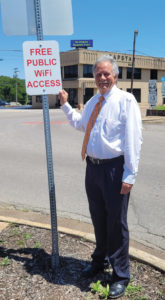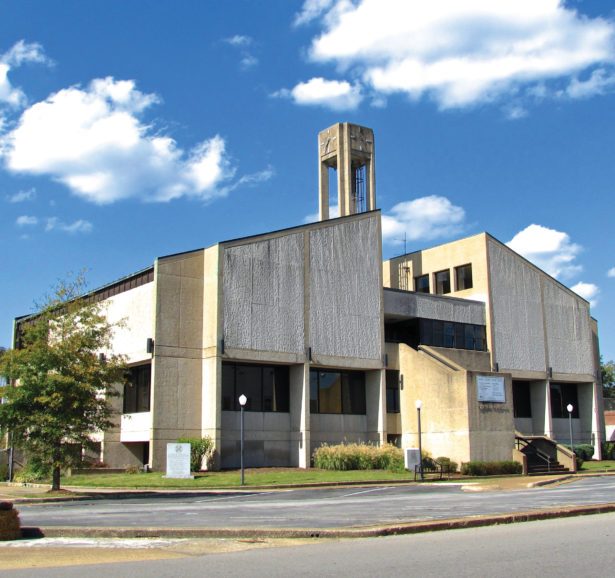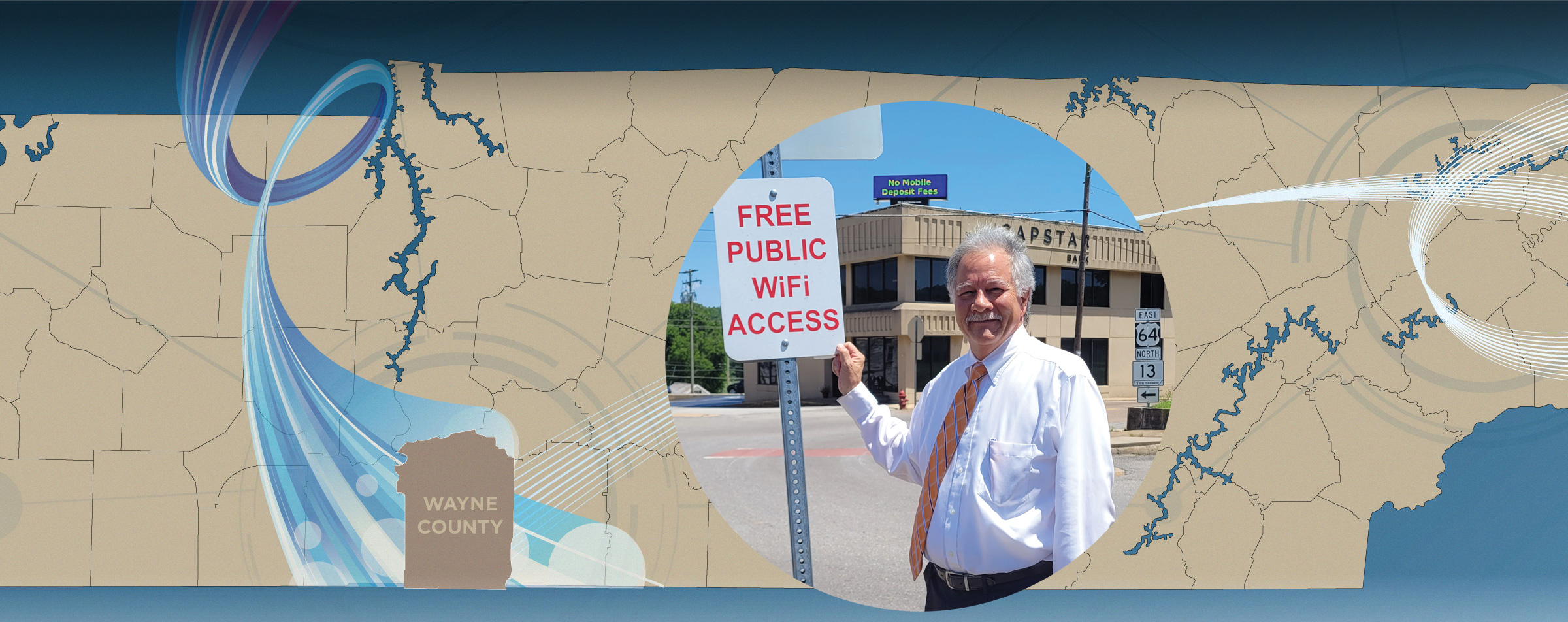By Susan Robertson | Photos by Laura Modrall
In Wayne County, where nearly 69 percent of residents are without broadband access, according to the state’s 2016 Internet and Connectivity Utilization Report, they are at a disadvantage when it comes to education and employment.
Yet that disadvantage has started to shift, thanks to an asset-based planning session five years ago.
The Asset Based Planning Initiative was developed in partnership by the UT Center for Industrial Services (CIS) and the Tennessee Department of Economic and Community Development. Born out of the Governor’s Rural Task Force in 2016, the strategic planning process brings together a broad base of community stakeholders to set economic development goals that leverage each community’s unique assets.
“It has been exciting to see how communities have identified new economic opportunities,” says Beth Phillips, who leads UT CIS’s economic development team. “From expanding tourism to downtown development to growing new businesses, the projects that have resulted from this planning are bringing new jobs and investment to rural areas.”

Beginning with the state’s most distressed counties, the facilitated asset-based planning approach has now been incorporated into the state’s ThreeStar Program for community economic preparedness and is used as the goal-setting process by all 95 counties.
More than 20 elected officials, business and community leaders attended that first session in Wayne County. The attendees were urged to look at the assets they already had and then develop goals. They ultimately crafted five SMART (specific, measurable, attainable, relevant and time-based) goals to: strengthen local workforce development programs, develop a site for an industrial speculative building, leverage natural and cultural assets to increase tourism, develop a river port at Clifton and improve high-speed internet access to more households in the county.
Following formation of the goals, the state’s development department made $50,000 in Asset Enhancement Grants available to communities to help accomplish their plans.
“We applied for the $50,000 grant and wanted to use part of that to install WiFi on the downtown square in Waynesboro,” says Rena Purdy, executive director of the Wayne County Joint Economic and Community Development Board. “We have a lot of areas in the county that don’t get quality internet. By installing WiFi on the downtown square, it would allow citizens on or near the square to gain access.”
The county also hired an IT director to assist with installation, system maintenance and service. Over the past two years, anywhere from 800 to 1,100 people have logged on through Waynesboro Square’s public WiFi each month.

Two years after WiFi was installed on the public square, the development board continued to make it a priority to improve the county’s access to quality internet by helping the smaller cities of Collinwood and Clifton. The UT Institute of Agriculture assisted Collinwood Public Library leaders in securing grants to provide WiFi access and training for library patrons. Library staff also created plans to provide WiFi hotspots available to be checked out from the library. Library guests can check out the hotspot for two to three days on a first-come, first-served basis. Later in 2018, library leaders in Clifton and Waynesboro added similar WiFi hotspot checkouts thanks to a grant from a state economic and community development digital literacy grant.
“The availability of these hotspots and WiFi on the downtown square really came into focus during the pandemic when schools closed and students were sent home,” Purdy says. “We saw a lot of usage at the libraries and on the square outside the library.”
Also in 2018, county leaders created the Wayne County Broadband Access Task Force to include representatives from economic development, utility companies, local businesses as well as current and potential internet providers. This committee worked with the county commission to pass a Broadband Ready Community resolution to put in place a new policy that supports broadband expansion in its community by removing barriers for providers. That status positions local applicants to earn extra points on state broadband grant applications.
In Wayne County, community leaders continue to build on the goals they set in 2016.
Knowing agriculture, tourism and forestry are the economic drivers in the county, they’ve focused on building the skills of their workforce in those areas. Wayne County development board members and partners, including the Tennessee Department of Agriculture and Forestry, the Tennessee Forestry Association, Wayne County Technology Center, the Tennessee College of Applied Technology campuses in Hohenwald and Crump, UT Extension and the Tennessee Higher Education Commission and others, are now collaborating on developing the county’s first Agricultural Learning Center.
“This all rolls back to that 2016 planning session,” Purdy says. “We went from brainstorming to thinking, ‘Look how far we’ve come in five years.’”



